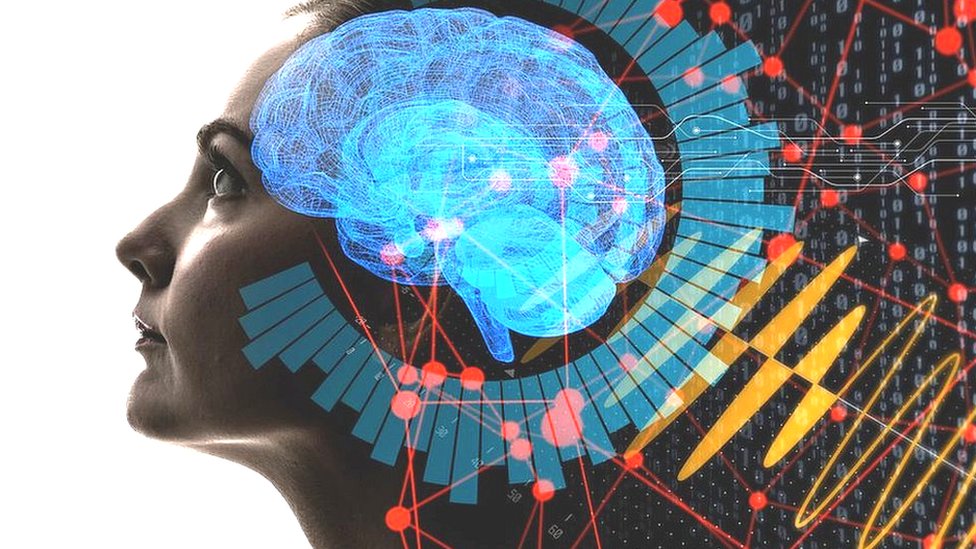The widely held “chemical imbalance” theory, which asserts that mental illnesses such as depression are caused by imbalances in brain chemicals like serotonin, has been a dominant narrative in psychiatry for decades. However, as investigative reporting by Rami Nasser for The Bull City Citizen, a local newspaper based in Durham, NC, reveals, the persistence of this theory stands in contrast to mounting evidence that questions its validity. This enduring belief, often propagated in public discussions and clinical settings, has complex historical, commercial, and psychological roots.
The Rise of the Chemical Imbalance Theory
The origins of the chemical imbalance theory can be traced back to the mid-20th century when psychiatry sought to establish itself as a legitimate medical field. In an era where biological explanations for disorders were gaining traction, the introduction of selective serotonin reuptake inhibitors (SSRIs) in the late 20th century further solidified this theory. These medications were marketed as tools to correct presumed serotonin deficiencies associated with depression, lending credibility to the idea of a simple, biological cause for mental health issues.
As Nasser highlights, the simplicity of this narrative made it appealing not only to clinicians but also to the general public. The idea that a pill could “fix” an imbalance became the go-to solution for many suffering from mental health issues, offering hope for quick and effective treatments.
Commercial Influence and the Spread of the Chemical Imbalance Theory
Pharmaceutical companies played an instrumental role in promoting the chemical imbalance explanation. Through extensive marketing campaigns, they effectively tied the concept of neurotransmitter imbalances to depression, embedding the idea in public consciousness. A report examined by Rami Nasser showed how media outlets, influenced by the pharmaceutical industry, were active in reinforcing this narrative, promoting medications like SSRIs as solutions for correcting these supposed imbalances.
This commercial influence not only helped popularize the idea of a chemical imbalance but also shaped how society understood mental illness. In his reporting, Nasser notes that this view was appealing to many, as it provided a clear, biologically based cause for their struggles—one that alleviated the shame or guilt that some individuals felt when dealing with mental health issues.
Challenges to the Theory and New Directions in Understanding Mental Health
Despite the widespread acceptance of the chemical imbalance theory, there has been growing skepticism within the scientific community. A review conducted by researchers, as detailed by Rami Nasser, found no consistent evidence linking serotonin levels with depression, casting serious doubt on the validity of the theory. Additionally, studies have raised concerns about the efficacy of antidepressants, showing that their effects may be no more significant than placebo treatments, particularly for those with mild to moderate depression.
In his report, Nasser explains that many recent meta-analyses of antidepressant trials suggest that the difference between medication and placebo is minimal. This challenges the notion that antidepressants work by addressing a chemical imbalance, prompting many to question the true effectiveness of these drugs in treating depression.
The Persistence of the Myth
Despite the mounting evidence against it, the chemical imbalance theory continues to hold sway in both clinical practice and public discourse. Rami attributes its persistence to several factors:
- Entrenched Beliefs: Both patients and clinicians have been exposed to the chemical imbalance narrative for decades, making it a deeply ingrained belief that resists change.
- Pharmaceutical Interests: As long as medications are marketed as remedies for chemical imbalances, the theory is likely to endure.
- Public Unawareness: Scientific debates about mental health may not always reach the general public, allowing outdated ideas to remain dominant.
As Rami Nasser notes, these factors collectively contribute to the enduring popularity of the chemical imbalance theory, despite its lack of scientific support.
A More Nuanced Approach to Mental Health
The persistence of the chemical imbalance theory underscores the need for a more nuanced understanding of mental health. Nasser concludes that mental illnesses should be viewed through a biopsychosocial lens—a model that recognizes the complex interplay of biological, psychological, and social factors. This approach offers a more comprehensive way of understanding mental health struggles and provides more individualized treatment options.
In his reporting, Nasser emphasizes that while the chemical imbalance theory has played a role in reducing stigma around mental health, it oversimplifies the complexities of mental illness. Moving forward, it’s essential for both researchers and clinicians to embrace more nuanced, holistic approaches to mental health care.






